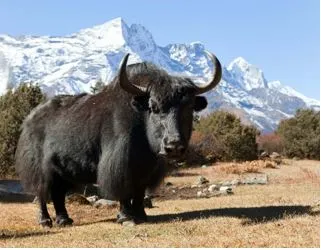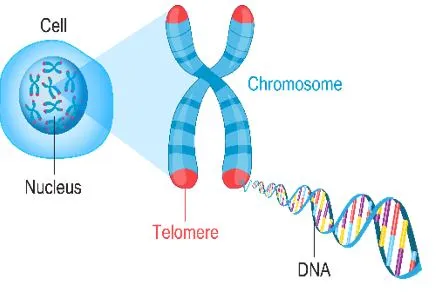

15th May 2025 (11 Topics)
Context
For the first time ever, scientists in India have successfully assembled the complete chromosome-level genome of the Indian yak (Bos grunniens). This significant achievement was led by specialists from four institutions under the Indian Council of Agricultural Research (ICAR).
About Indian Yak (Bos grunniens)
- The Indian yak, often called the "ship of the Himalayas," is a large herbivore ungulate species.
- It inhabites remote areas of high-elevation alpine tundra, grasslands and cold desert of the Tibetan plateau.
- The native populations of wild yak in Bhutan and Nepal are believed to be extinct and their range is confined to China and India.
- It is a vital animal for people living in the high-altitude Himalayan regions such as Arunachal Pradesh, Ladakh, Sikkim, and Himachal Pradesh.
- These animals provide essential resources including meat, milk, and serve as pack animals for transport in difficult mountainous terrain.
- Yaks are uniquely adapted to survive in extreme conditions — freezing cold, low oxygen, and rugged terrain — which makes them indispensable for the livelihoods of Himalayan communities.
- However, yaks face growing threats from shrinking grazing areas, climate change, diseases, and loss of genetic diversity.
- Understanding the yak’s genome—the complete set of its DNA—helps scientists learn how these animals thrive in such harsh environments and how to protect and improve their populations.
- Conservation status:
- IUCN Red List: Vulnerable
- CITES: Appendix I
- Indian WildLife (Protection) Act, 1972: Schedule II

Chromosome-level genome assembly
Chromosomes:
 |
More Articles

